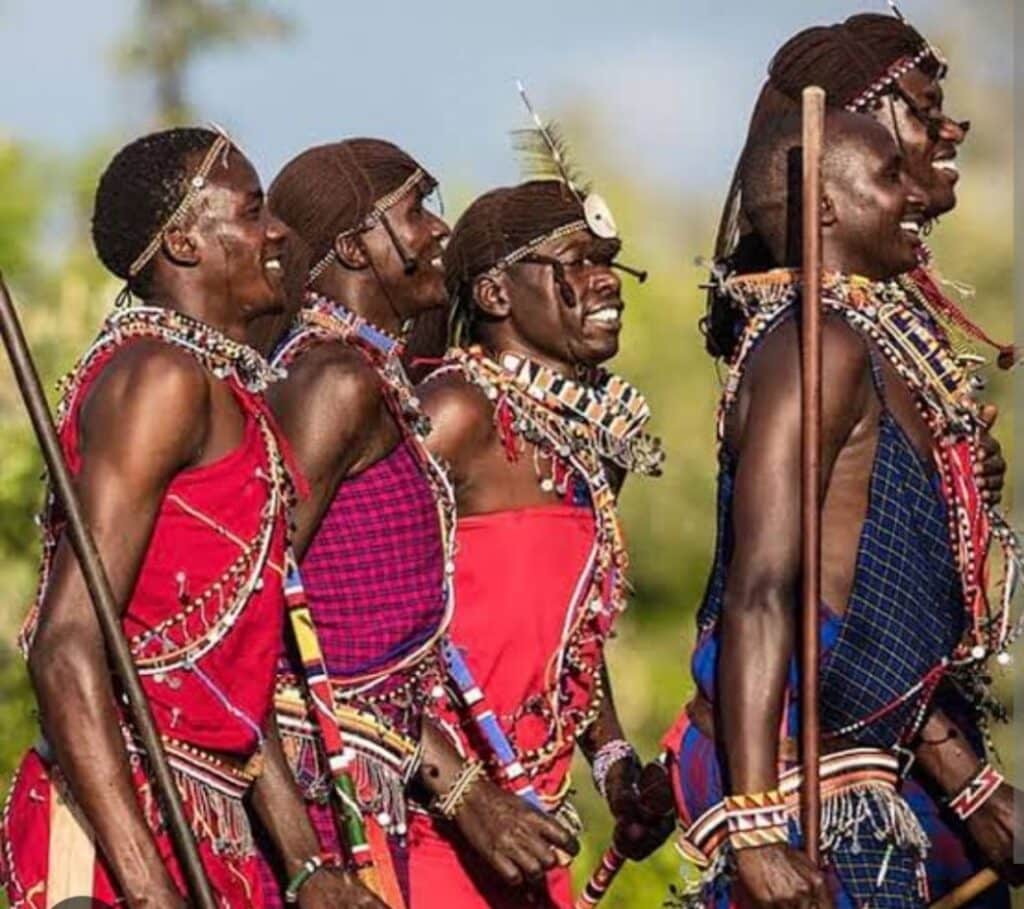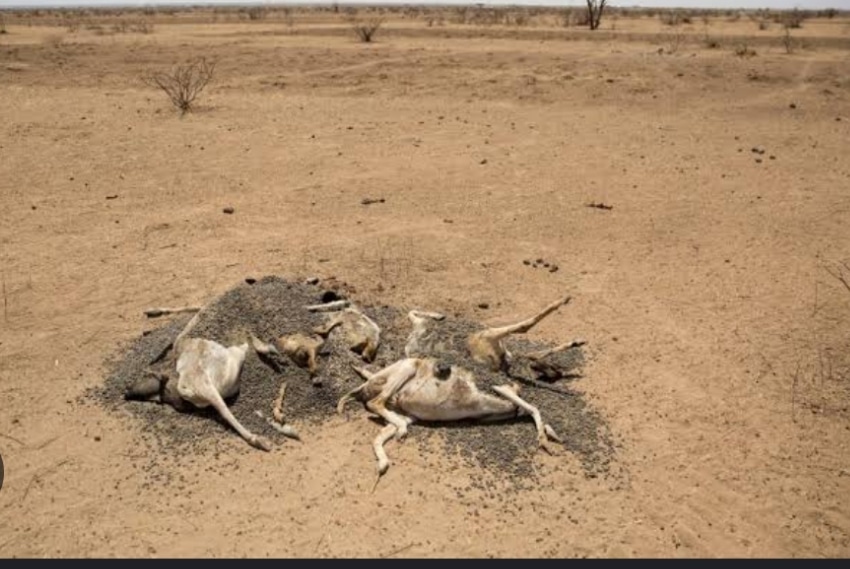
The fact that the Maasai community can’t sell their flocks even during the dry season is surprising. Some of the facts are as follows:
People living in desert regions often face harsh and challenging environmental conditions, including droughts. In these arid landscapes, livestock, such as goats, sheep, and camels, play a crucial role in their livelihoods. While it might seem counterintuitive for them to retain their livestock during droughts, there are several reasons why people in desert areas may choose not to sell their flocks even in the face of such adverse conditions.
Cultural Significance:
Desert communities often have deep cultural and historical ties to their livestock. These animals are not merely sources of income but are also symbols of their way of life, heritage, and traditions. Selling their flocks during drought may be seen as a last resort, as it entails letting go of an integral part of their identity.

Livestock as Assets:
Livestock serve as a form of savings and investment for desert dwellers. Selling off their animals during a drought might fetch a lower price due to oversupply in the market, and people may prefer to wait for better conditions to get a more favorable return on their assets.
Diversified Livelihoods:
Many desert communities practice diversified livelihood strategies. While livestock rearing is a significant component, they may also engage in other activities like agriculture, handicrafts, or small businesses. This diversification helps them weather droughts by having alternative income sources.
Survival during Drought:
Selling off all their livestock during a drought might leave desert inhabitants without a source of food or transportation. These animals are adapted to desert life and can often survive on limited forage and water, making them a critical resource during challenging times.
Uncertainty of Drought Duration:
Droughts can vary in duration and severity. Desert communities may opt to keep their flocks, hoping that the drought will end sooner rather than later. They may not want to make hasty decisions that could have long-term consequences.
Social Safety Nets:
In some desert societies, there are informal social safety nets in place. Neighbors and extended families may come together to support each other during droughts by sharing resources and animals. This mutual assistance can help mitigate the impact of drought without resorting to selling all their livestock.
Long-Term Sustainability:
Desert dwellers often have a deep understanding of their environment and its cycles. They may believe that keeping a portion of their livestock ensures the long-term sustainability of their herds, even if they experience periodic droughts.
Transportation and Migration:
Livestock, particularly camels, play a vital role in transportation in desert regions. They can carry goods and people over long distances, which is essential for trade and migration. Selling these animals could limit their mobility and ability to access resources in distant areas.

Lack of Market Access:
Desert communities may face challenges in accessing markets where they can sell their livestock. The remoteness of their locations, poor infrastructure, and limited demand for animals during droughts can make it impractical to sell their herds.
Government Assistance:
In some cases, governments or non-governmental organizations provide assistance to desert communities during droughts. This support can include food aid, water provisions, and veterinary care, which may reduce the immediate need to sell livestock.
In conclusion, while it might seem logical to sell livestock during a drought, the decision to retain these animals in desert regions is influenced by a complex interplay of cultural, economic, environmental, and social factors. Desert communities often have a deep connection to their livestock and weigh the long-term sustainability of their herds against short-term economic gains, making the choice to sell or keep their flocks during drought a deeply nuanced decision.




